How to lift weights properly to kickstart your strength training journey
Weight lifting won't make you bulky, with the help of experts you can reap the benefits of this exercise
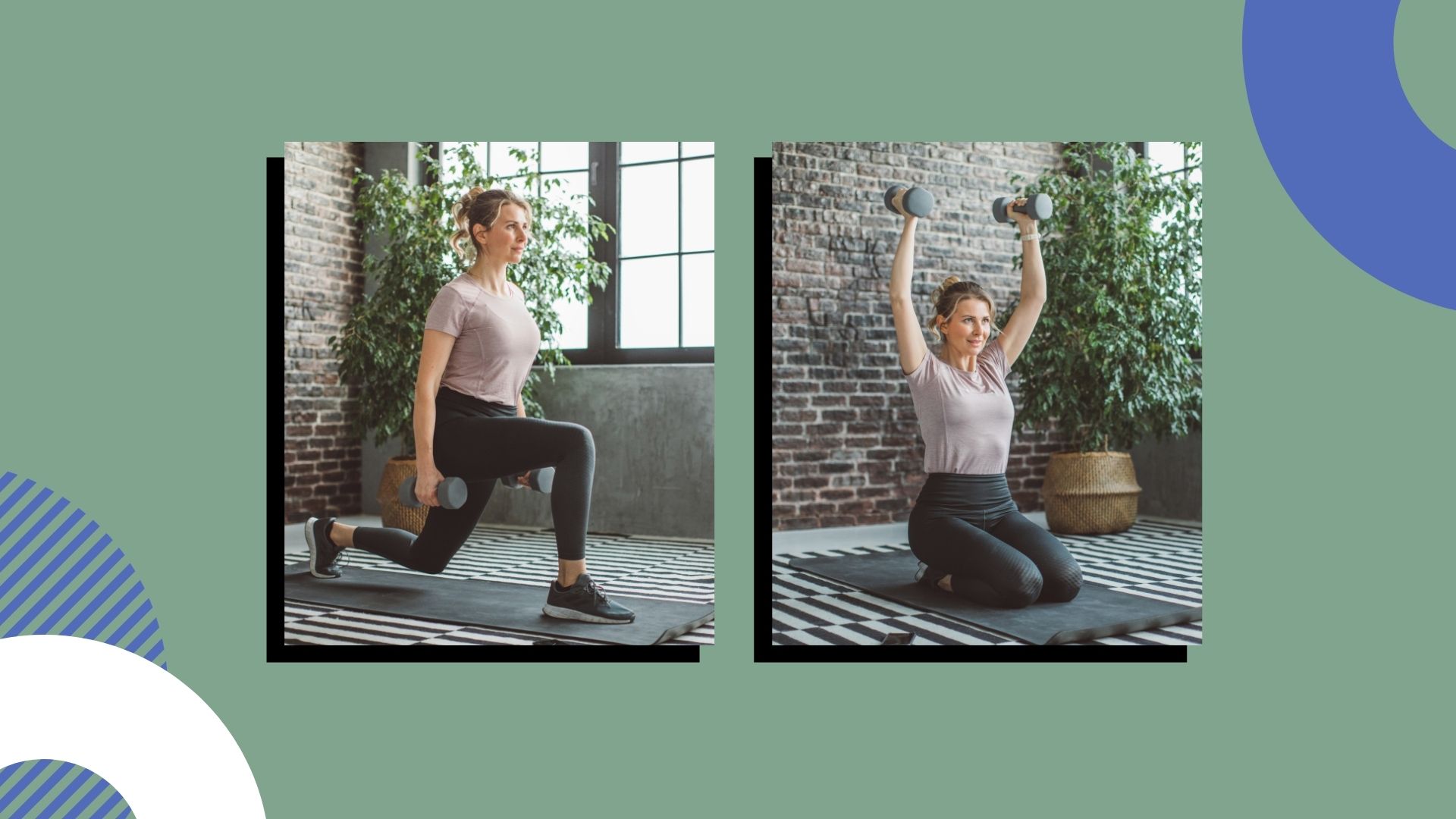

Learning how to lift weights properly is so important at the start of your strength training journey. Mastering your form and technique will not only lead to better results but will also keep you injury-free.
There's a common misconception that strength training will make you look 'bulky' and resemble the bodybuilders you see on TV. This is simply not the case, and in fact, it takes a lot more than regular weight lifting to get the physique of a bodybuilder (including, usually, a strict diet and tailored at-home workout regime combined with regular gym sessions). Rest assured with the right technique, there are plenty of benefits of strength training for women that you'll want to get in on. It helps combat the natural loss of bone density that comes with age and reduces the risk of osteoporosis, and joint injuries. Research by the University of Arkansas even found strength and resistance training was beneficial in maintaining bone density during the different stages of menopause, particularly in post-menopausal women.
Lifting weights also improves muscle tone, increases fat burning and metabolism, and boosts mood, not to mention encouraging better sleep. It will leave you feeling strong and confident, both physically and mentally—what's not to love? To help you master your technique and reap the benefits of weight-based workouts, we spoke to the experts. If you're overhauling your fitness routine, you might want to check out our guides to the best fitness trackers and best Fitbits for women to help you get off to a flying start.
How to start weight lifting
1. Wear stable shoes

When lifting weights it’s important you wear stable shoes to avoid injury. While the best running shoes can double-up as HIIT workout trainers, it’s best to avoid anything too cushioned when lifting weights. “Something with a flat solid base such as Converse or Vans are better than running shoes,” says Abigail Skipper, leading trainer at online fitness platform Ponzu.
“There are also specialist lifting shoes which offer stability and a heel lift. This is helpful as most people don’t have good ankle mobility so a slightly elevated foot will help with squat depth. Incorporating ankle mobility in your session is always a good idea,” Skipper adds.
2. Start with small weights
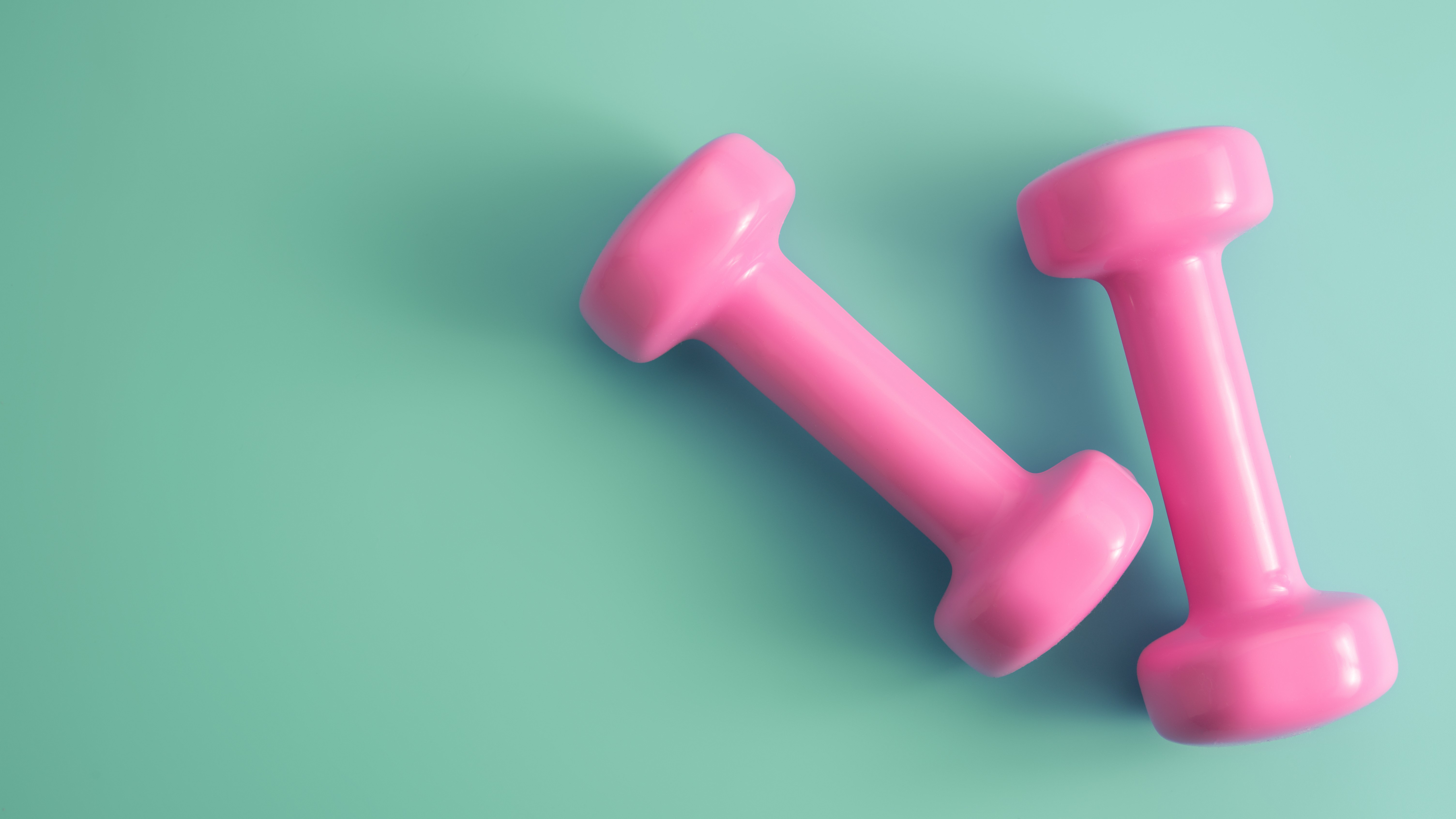
For total weight lifting newbies, it’s best to start small and light. Skipper advises choosing a weight you can lift and lower easily for 12 to 15 reps. “If you can't get near this rep range, the weight is too heavy and if you feel like it’s too easy, the weight is probably a little light. Keeping in mind you would aim for about two to three sets. The larger the muscle group the more weight it can lift, so use lighter weights for upper body and heavier weights for lower body exercises,” Skipper says.
If you're totally new to exercises, Ryan Baronet, Head of Strength at Psycle suggests starting with mastering the best bodyweight exercises first before adding weight. "As a starting point, they are completely undervalued. Start by building solid foundations and slowly add weights from there," Baronet says.
Sign up to our free daily email for the latest royal and entertainment news, interesting opinion, expert advice on styling and beauty trends, and no-nonsense guides to the health and wellness questions you want answered.
3. Try different types of weights
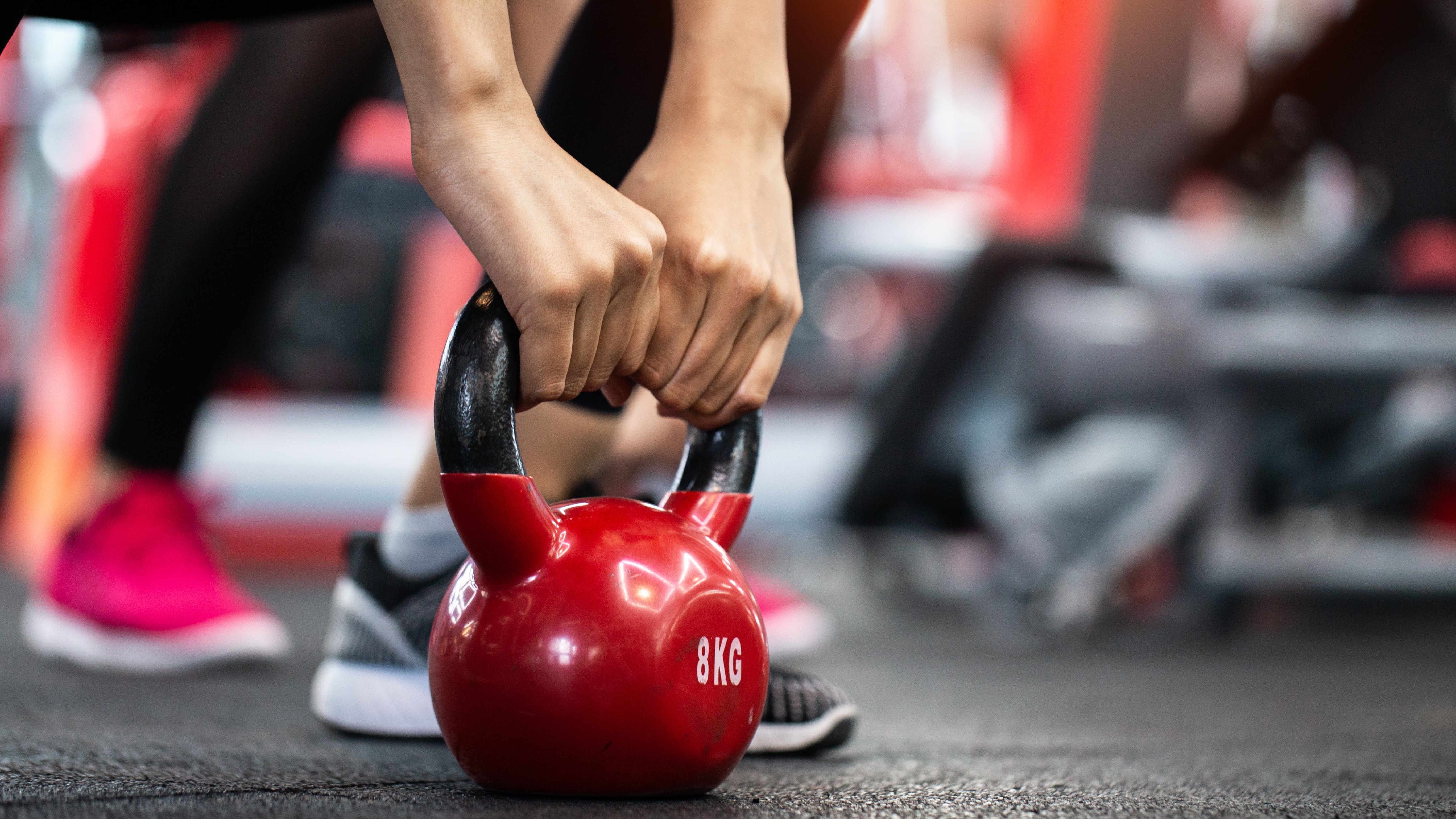
Now it’s time to consider the type of weights you want to lift for different workouts.
- Dumbbells—easy to use and super versatile, dumbbells can be used in a range of workouts. Plus they're small and easy to store at home. They allow you to easily target every muscle group and force your arms and legs to work unilaterally, according to Skipper. "This helps you to identify and eliminate strength imbalances as overcompensation is impossible," Skipper adds. See our guide to the best dumbbells for top recommendations.
- Kettlebells—another versatile weight option, kettlebells can be used for strength, endurance, flexibility, and balance training. "They not only improve your core strength and stability but are excellent for posterior chain (aka the muscles at the back of the leg and spin)," says Skipper.
- Barbells—best for lifting heavier weights, barbells allow you to progressively overload and are great for training the big four compound exercises (squat, bench press, overhead press, and deadlift) as you use multiple muscles groups at once, says Skipper.
- Weight plates—flat weighted plates are put on the end barbells to add weight or can be used solo for adding resistance to exercises like squats, front raises, and chest presses.
4. Learn how to lift properly
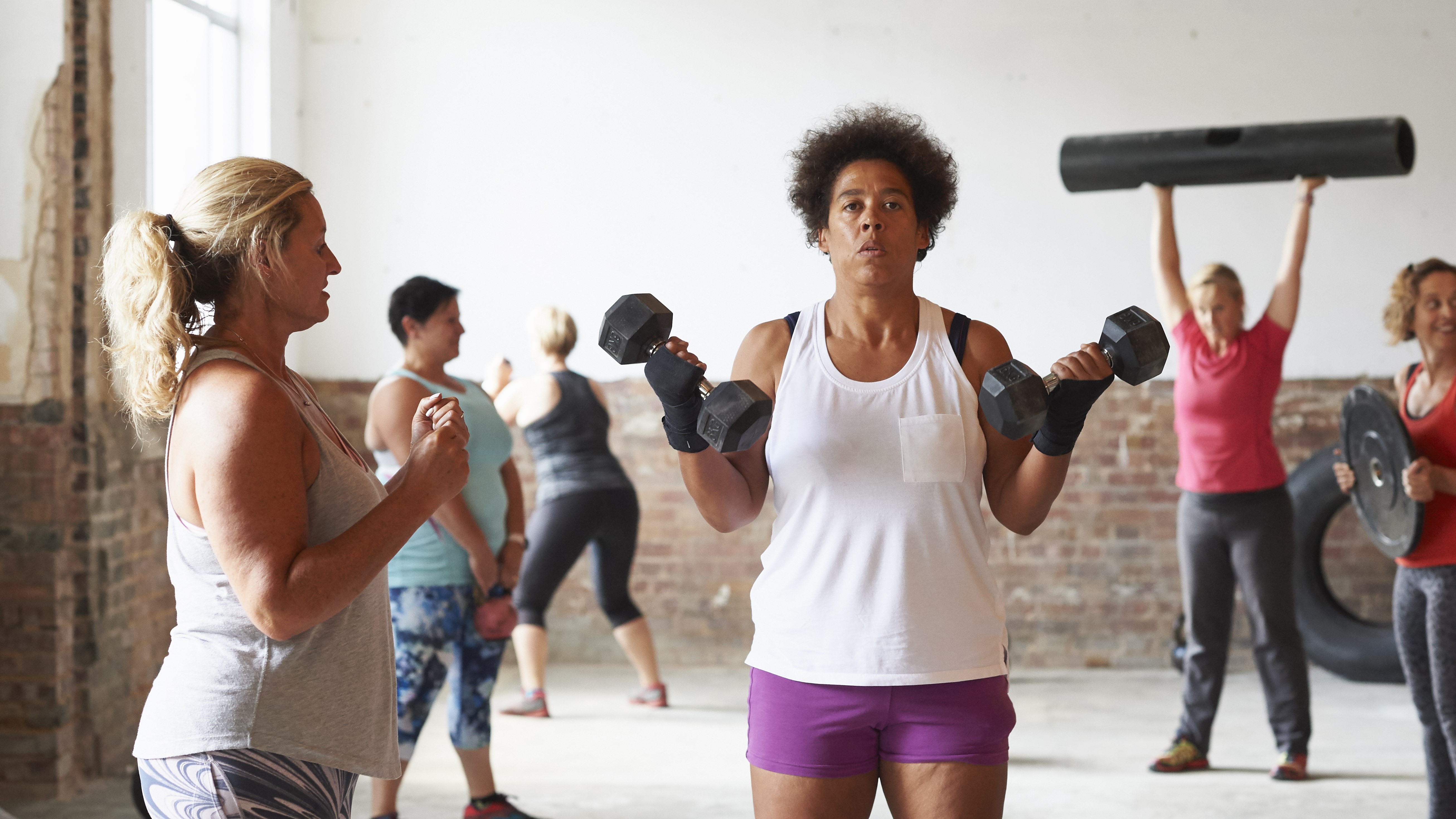
Possibly the most important aspect of weight training is nailing your form. Incorrect posture and form can lead to injuries. All of our experts recommend working with a personal trainer in person or online if you’re new to weights, not only will it help you master your technique but it's also great workout motivation. However, if this isn't an option and you're training at home, Skipper shares the steps you should always take to nail your form:
- Warm up to prep your muscles with some light cardio.
- Engage your core throughout as you lift.
- Breathe—inhale as you lower the weight, exhale as you lift the weight.
- Rest for 30 to 60 seconds between lifts—and always take rest days between sessions.
5. Draw up a training plan

To see the full benefits of weight training, work out a routine that fits your lifestyle. What works for you will depend on many factors such as your previous injuries, training history, goals, and time available to train. But, Skipper suggests incorporating short strength training sessions into your fitness regime three times a week, focusing on a different part of the body each time. “Training three times a week will help develop strong motor patterns, build a good foundation of functional strength and practice correct form and technique," Skipper says.
Example of a strength training routine:
- Session 1—upper body workout incorporating exercises like bent-over rows, bicep curls, dumbbell bench presses, and front raises.
- Session 2—lower body workout incorporating exercises like squats, lunges, glute bridges and goblet squats.
- Sessions 3—total body and core workout incorporating exercises like leg squat to overhead presses, leg drops, Russian twists, barbell rollouts.
6. Think about your diet
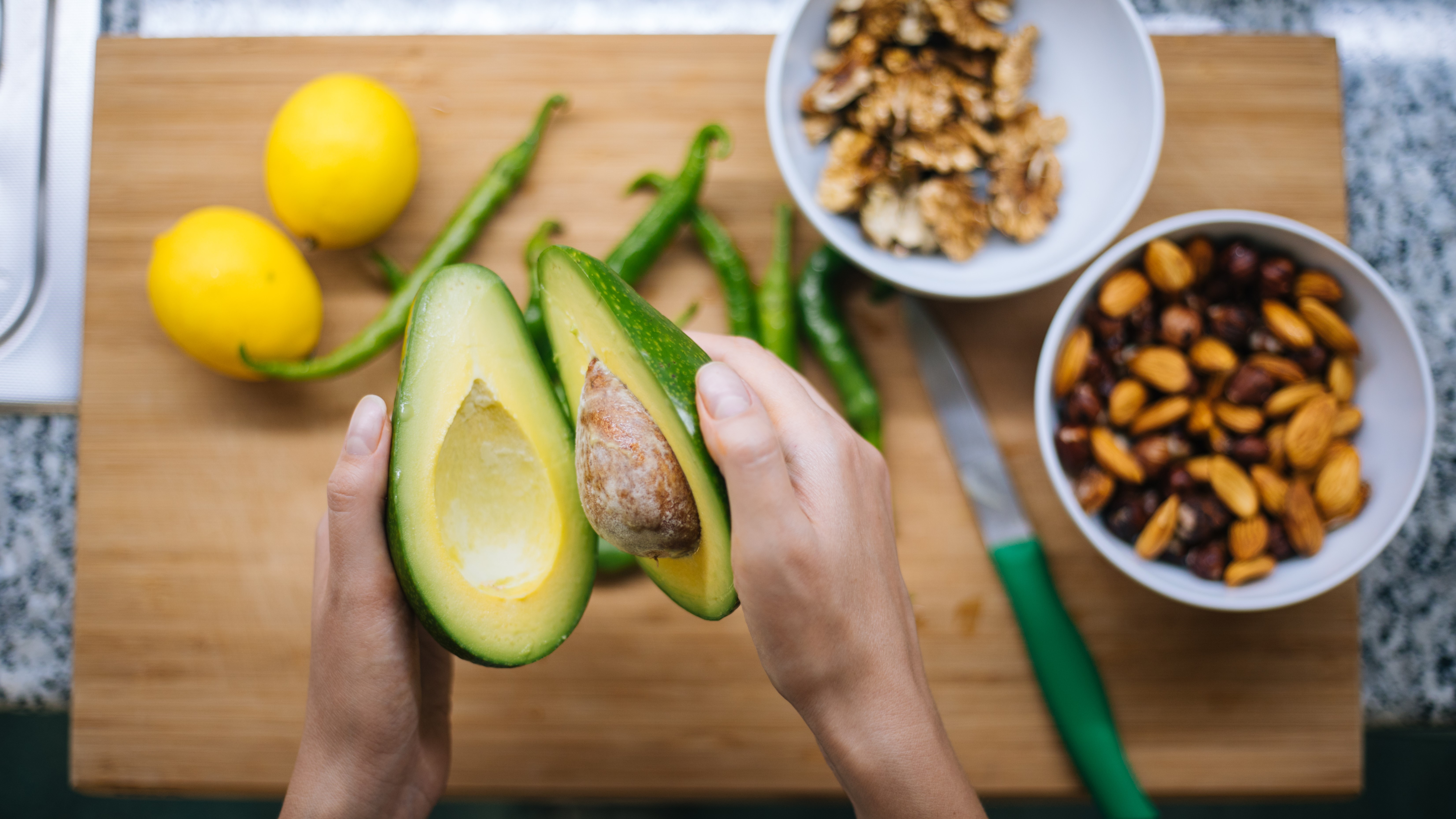
When weight training to build strength and tone up it’s important to consider the food on your plate pre and post-workout. “This is totally unique to each person, but my suggestion would be to eat some sort of carbohydrate 1-2 hours pre-workout and then to eat a combination of simple carbohydrates, proteins, and greens post-workout in order to fuel the muscles,” says Baronet.
Nutrient deficiency can result in weaker muscles, as the healing and repair of muscles require good nutrition. A well-balanced diet of anti-inflammatory foods (for example avocado, broccoli, cherries, salmon, and turmeric) can help promote recovery after weight lifting, Eleftheriou adds.
7. Incorporate other workouts into your fitness regime

While the benefits of weight lifting are endless, it's important to have a varied fitness regime for both your physical and mental health. "Lifting weights requires a certain amount of mobility and flexibility to perform correctly, so it’s important that you try to incorporate some mobility and flexibility work into your fitness routine," suggests Baronet.
Eleftheriou adds, "Without enough physical and mental rest, it can really pull you back on your athletic performance, so plan your rest days as part of your workout diary and add in some stretch or restorative yoga classes. If you commit to this you will feel a difference in your workouts, recharge your batteries, and most important thing you will much less likely to cause injury."
Not sure what other workouts to do? See our guides to fitness for women over 50, yoga for beginners, and Pilates for beginners for inspiration.
Three common weight training exercises
To kick off your weight lifting journey, Tash Lankester, PT at FLEX Chelsea tells us how to do three beginner-friendly weight lifting exercises:
How to do a weighted squat
"You can either hold a dumbbell in a bow tie position on your chest or a goblet position, holding onto the top," says Lankester. "Just make sure the dumbbell is pressed securely onto your chest so it's resting. This will keep your upper body in position and help transfer your weight into your posterior chain (muscles at the back of your leg and spin) as opposed to using your arms."
To perform your weighted squat you should:
- Drive your weight into your heels and spread the floor with your feet.
- Keep your chest high, look forward and push your bum back (like you are sitting in a chair).
- Keep your glutes engaged at the bottom of your squat.
- Imagine pressing the floor away with your body as you come up from your squat.
- Ensure your core is engaged throughout and your spine is neutral to avoid lower back pain.
How to do kettle bell swings
"These are actually a tricky one to master," Lankester says. "A common mistake I see is people trying to get the kettlebell as high as they can by using their arms to lift the weight up. Don’t focus on how high the weight can get. Focus on the power from your hips, try and gain momentum," she explains.
Here's how to master your kettlebell swing:
- Hinge your hips back to initiate the movement, keep the knees soft and still.
- Thrust your hips forward and squeeze your glutes.
- Make sure your spine is neutral by tucking your pelvis under and ensuring your shoulders do not come back past your hips.
- This is a power move—repeat with power and speed, keeping arms relaxed.
How to do an overhead press with a barbell
When using a barbell you should practice the move without any weight to help you master your form, before adding resistance.
To do an overhead press you should:
- Keep your hands shoulder-width apart, unrack the bar and rest it on your chest.
- Ensure feet are shoulder-width apart with soft keens.
- Squeeze glutes and tuck your pelvis to ensure a neutral spine.
- Breathe in to engage your core.
- Drive the bar straight up—tucking your chin so you ensure your head is clear of the bar as you press up.
- Engage your lats (the muscles covering your middle and lower back) as you bring the bar back down.
w&h thanks Abigail Skipper, trainer at Ponzu, Ryan Baronet and Maria Eleftheriou, Head of Strength and Head of Barre at Psycle and Tash Lankester, PT at FLEX Chelsea for their time and expertise.
Ciara McGinley is a meditation practitioner and health journalist. She qualified as a meditation teacher with the British School of Meditation in 2020 and is the founder of Finding Quiet, a series of classes, workshops and retreats that combine meditation practices and mindfulness techniques to make mindful living realistic in an always-switched-on modern world. She is all about bettering that mind-body connection but believes wellness looks different to everyone.
Ciara is also the former Health Channel Editor at woman&home and has covered all things health and wellbeing for years, from fitness to sleep to relationships.
